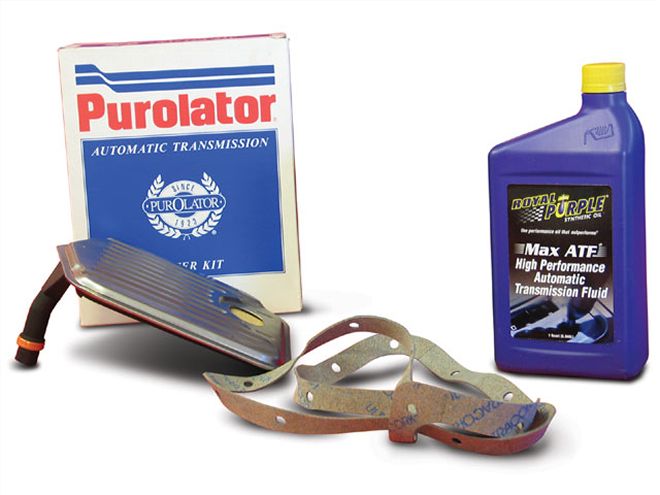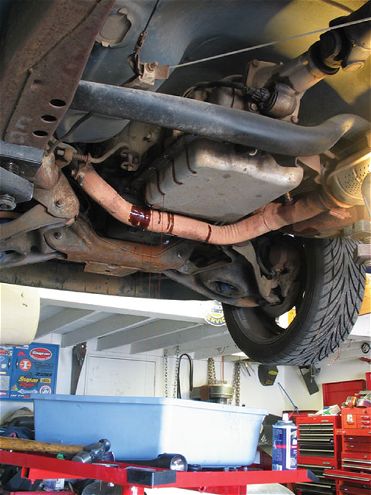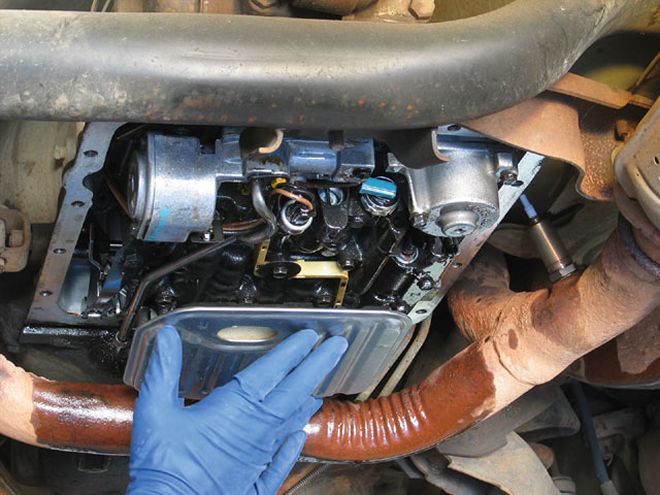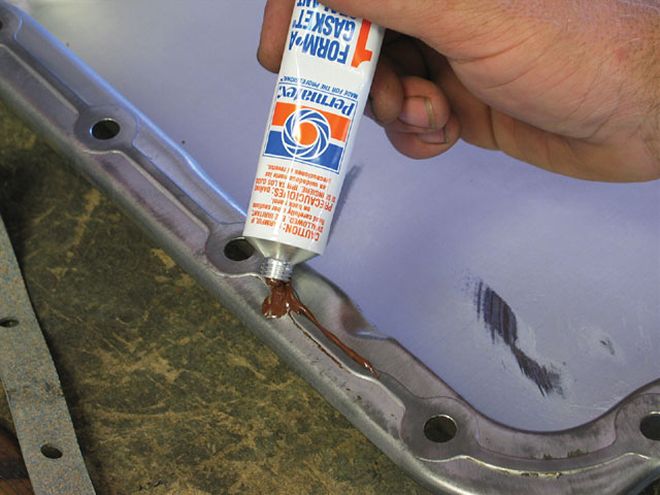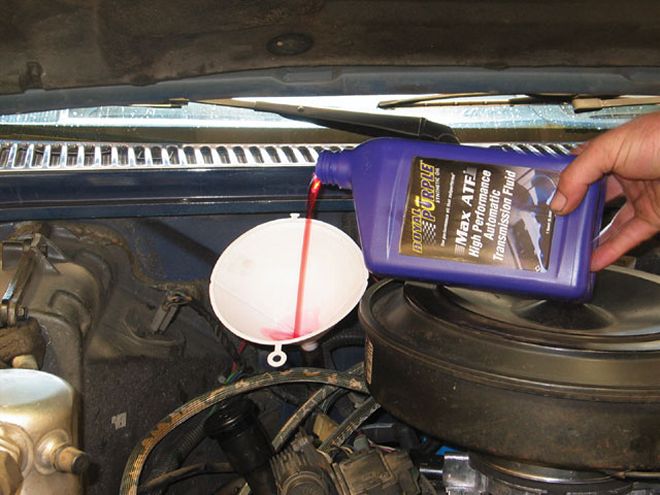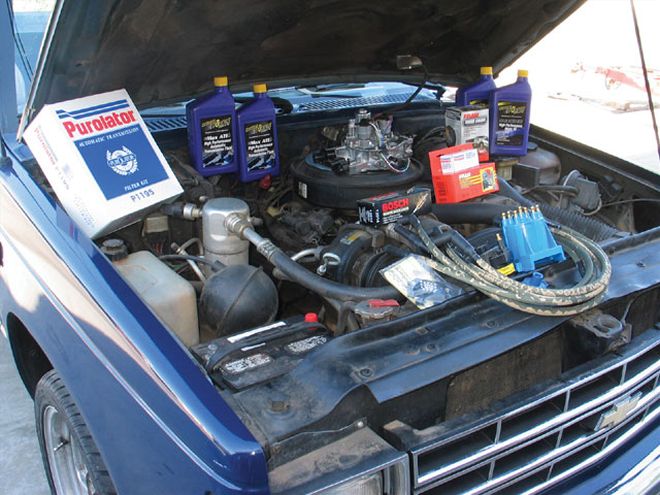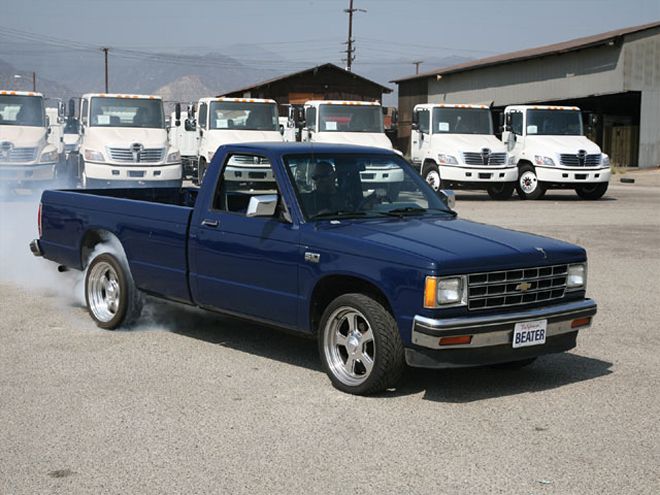 | 1989 Chevrolet S10 burnout
When it comes to performing a standard tune-up, you would ordinarily change the plugs, oil, and the air filter. Heck, if you are a real stickler for wrenching, you might even swap in a new set of plug wires, as well as a new cap and rotor. While every one of you should be doing these things at the proper intervals, the only thing that really happens is the oil change. You are not alone; I have even clocked a few extra hundred miles on the odometer before getting the oil changed.
This article is the official nail in the slacker coffin. I'll be digging deep into a simple tune-up. Instead of just doing the minimum, I'm going to pump the tune, well, up. Now let's talk about our guinea pig. The truck is an '89 S-10 with a 4.3L V-6, a 700-R4 trans, and 159,000 on the clock. This truck used to belong to my grandfather, but he had put it out to pasture because it ran like crap. Grandpa ended up trading the broken first-generation, along with some cash, for a second-generation S-10 his daughter, my mom, owned. Mom only used the truck to haul trash to the dump, so there was no sentimental attachment to it. After a few well-placed calls to my mom and a few white lies about how I'm helping her remove the truck from automotive purgatory on her front lawn, she let me have it.
The truck would barely stay running, spewed black smoke, and shook like it was firing on three cylinders. My first attempt at a tune-up was pretty simple. I changed the air cleaner and poured a bottle of fuel system cleaner in the tank, before I blew out the cobwebs on the freeway. After a few scary miles of going way too fast, the truck did show some improvement, but that high was short-lived. Not only did the truck still have some sort of misfire, it also was running pretty hot. I guess there was no miracle fix in a bottle for this one. Now, I could have just thrown in some replacement parts, but I knew there would be some power upgrades in the future, so why not just do it now?
I did a little research and found a few companies that sell hi-po parts for the 4.3L. Now, not every part needs to be a performance piece, but I still wanted to change everything, so some of the stuff you will see is just an OE-quality replacement. I did everything by myself, with only a few specialty tools, such as a code scanner and a digital multimeter. Everything else can be tackled with basic mechanic tools. So, check out how I spent my weekend bringing a 4.3L V-6 back to life.
| 1989 Chevrolet S10 burnout
When it comes to performing a standard tune-up, you would ordinarily change the plugs, oil, and the air filter. Heck, if you are a real stickler for wrenching, you might even swap in a new set of plug wires, as well as a new cap and rotor. While every one of you should be doing these things at the proper intervals, the only thing that really happens is the oil change. You are not alone; I have even clocked a few extra hundred miles on the odometer before getting the oil changed.
This article is the official nail in the slacker coffin. I'll be digging deep into a simple tune-up. Instead of just doing the minimum, I'm going to pump the tune, well, up. Now let's talk about our guinea pig. The truck is an '89 S-10 with a 4.3L V-6, a 700-R4 trans, and 159,000 on the clock. This truck used to belong to my grandfather, but he had put it out to pasture because it ran like crap. Grandpa ended up trading the broken first-generation, along with some cash, for a second-generation S-10 his daughter, my mom, owned. Mom only used the truck to haul trash to the dump, so there was no sentimental attachment to it. After a few well-placed calls to my mom and a few white lies about how I'm helping her remove the truck from automotive purgatory on her front lawn, she let me have it.
The truck would barely stay running, spewed black smoke, and shook like it was firing on three cylinders. My first attempt at a tune-up was pretty simple. I changed the air cleaner and poured a bottle of fuel system cleaner in the tank, before I blew out the cobwebs on the freeway. After a few scary miles of going way too fast, the truck did show some improvement, but that high was short-lived. Not only did the truck still have some sort of misfire, it also was running pretty hot. I guess there was no miracle fix in a bottle for this one. Now, I could have just thrown in some replacement parts, but I knew there would be some power upgrades in the future, so why not just do it now?
I did a little research and found a few companies that sell hi-po parts for the 4.3L. Now, not every part needs to be a performance piece, but I still wanted to change everything, so some of the stuff you will see is just an OE-quality replacement. I did everything by myself, with only a few specialty tools, such as a code scanner and a digital multimeter. Everything else can be tackled with basic mechanic tools. So, check out how I spent my weekend bringing a 4.3L V-6 back to life.
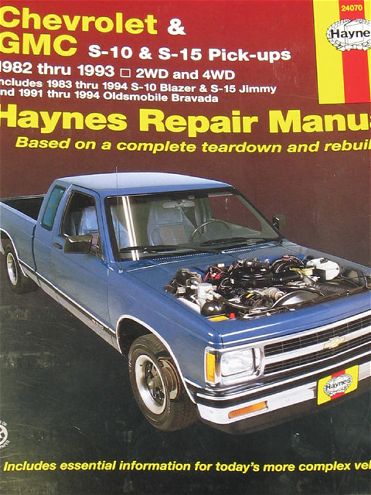
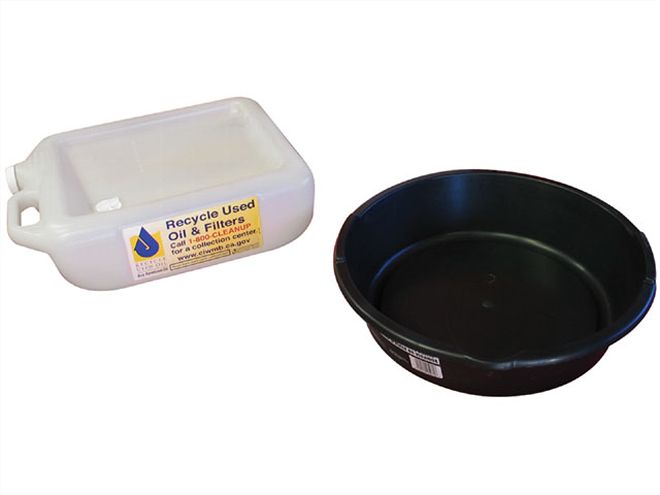
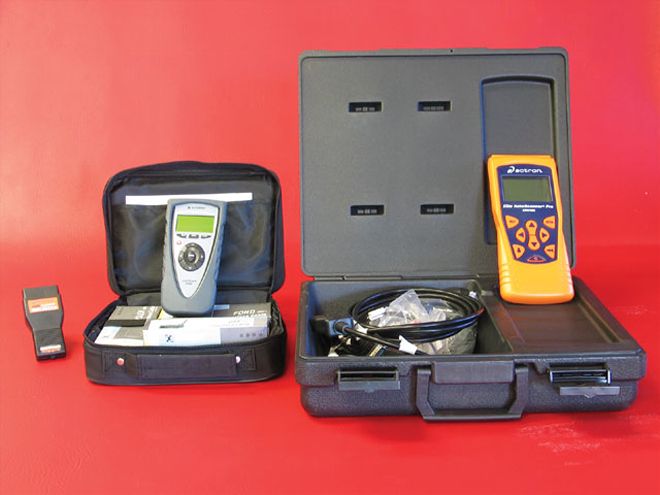
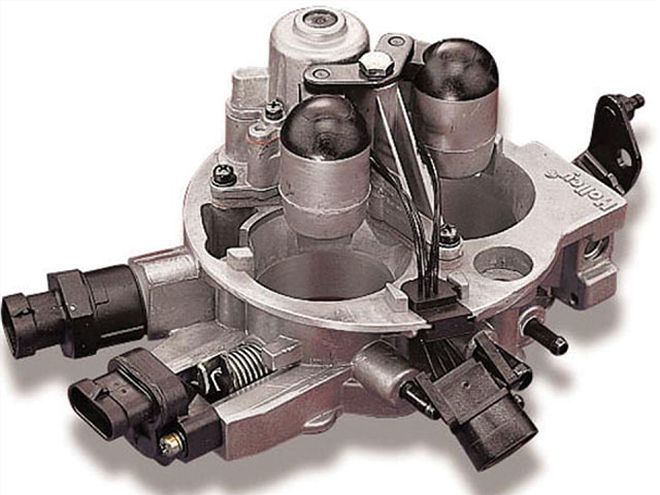
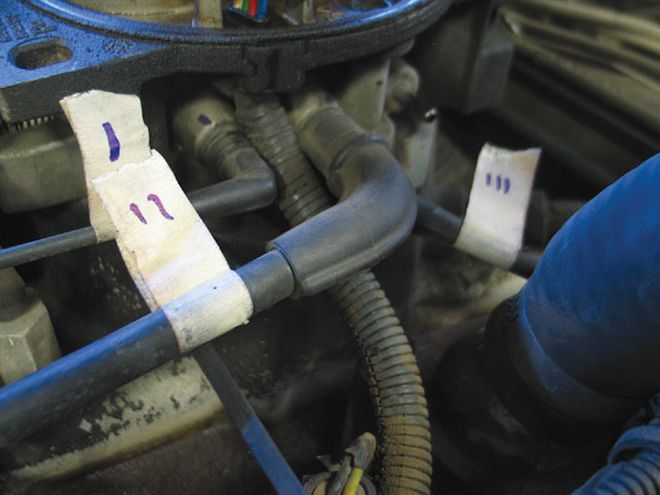
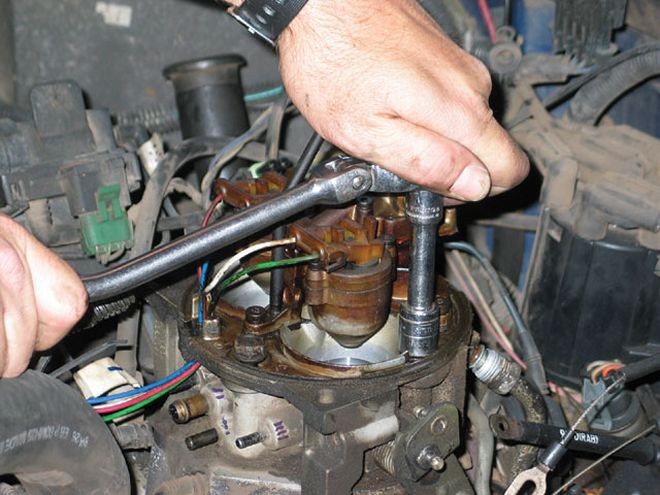
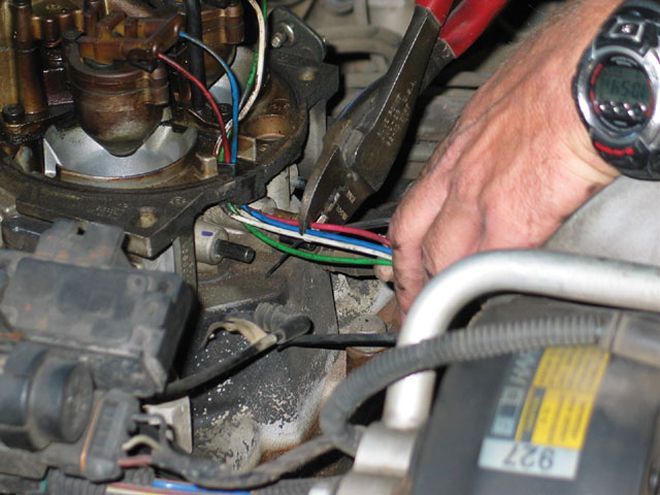
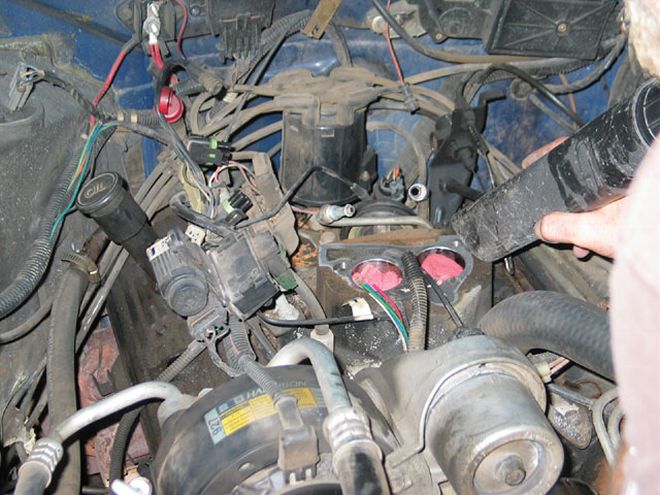
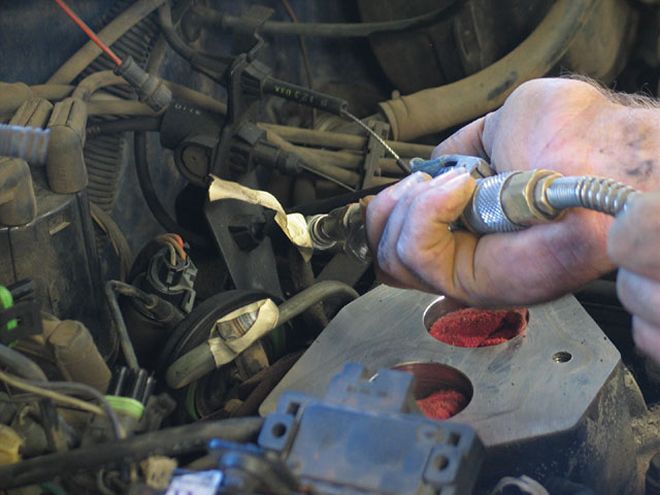

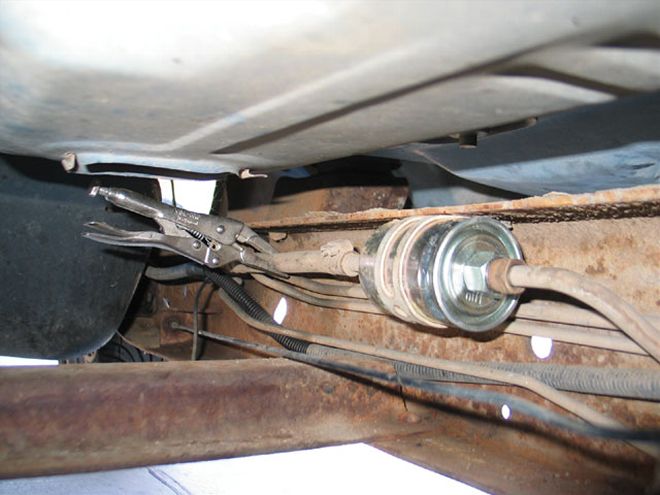
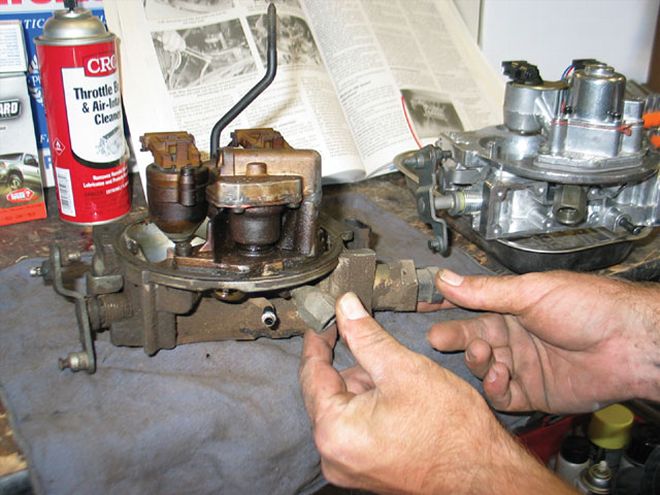
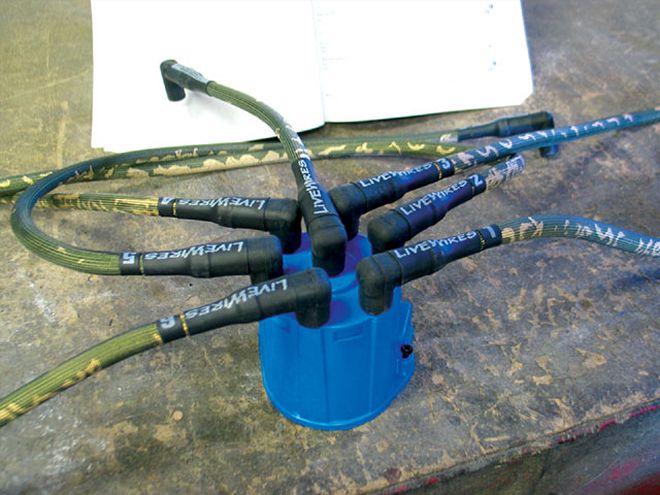 | 1989 Chevrolet S10 live Wires
Part Two: The Ignition System
| 1989 Chevrolet S10 live Wires
Part Two: The Ignition System
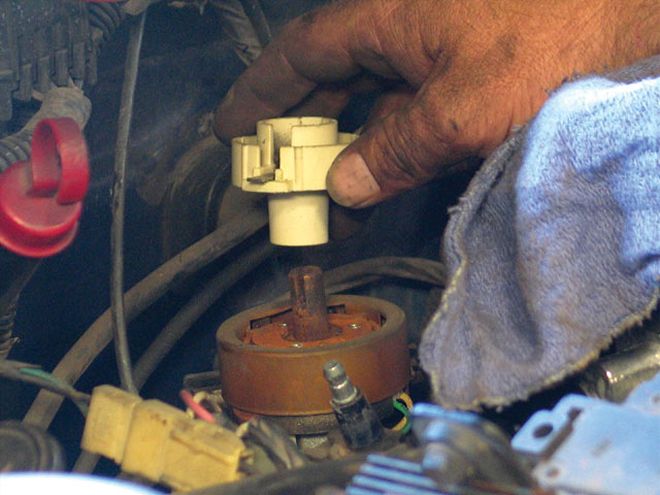

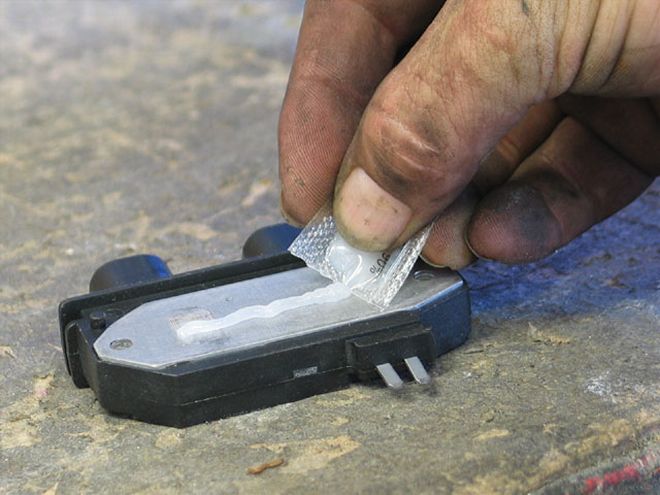
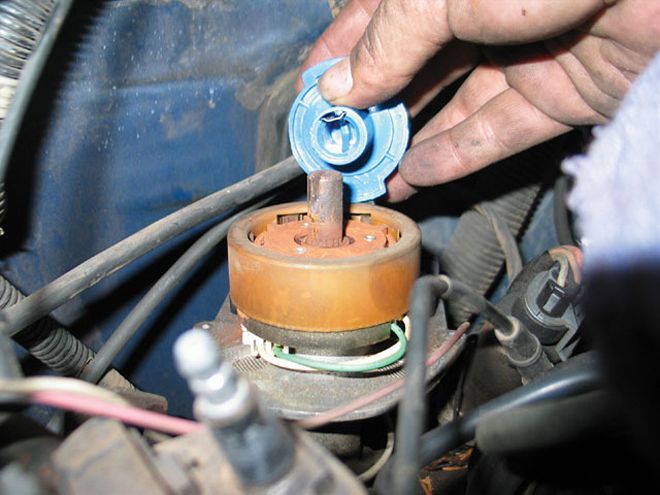
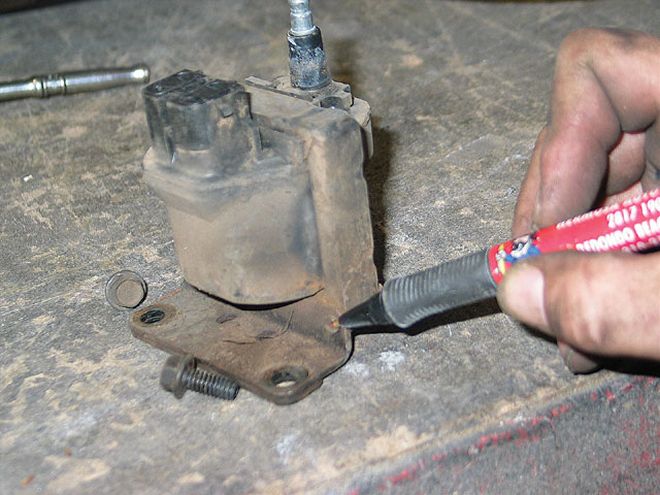
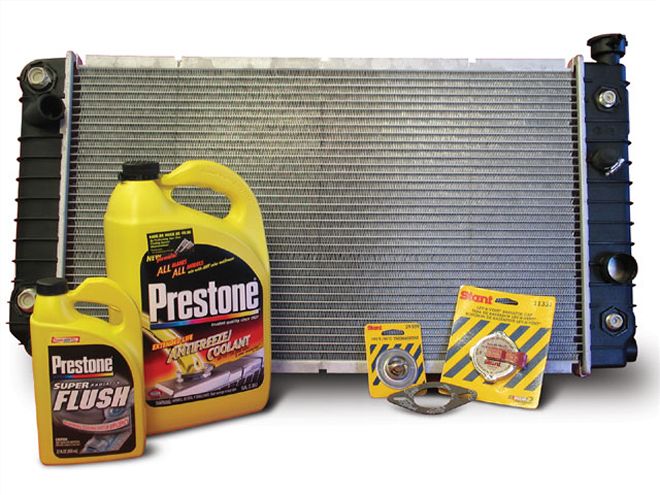
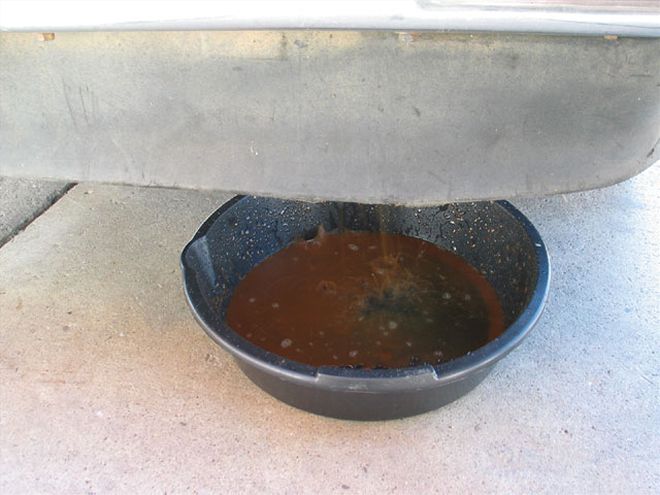
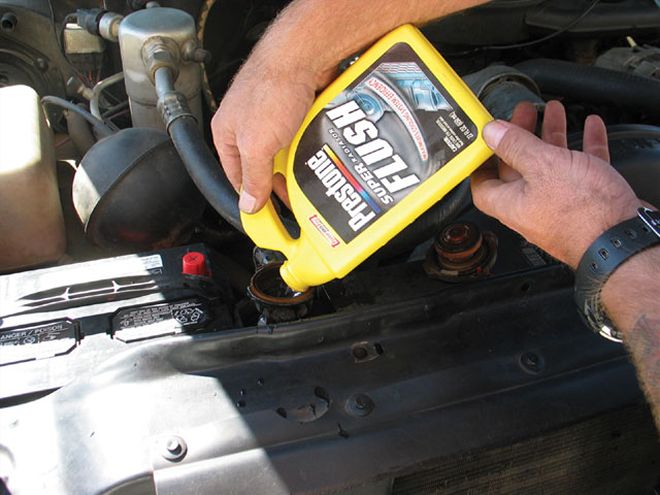
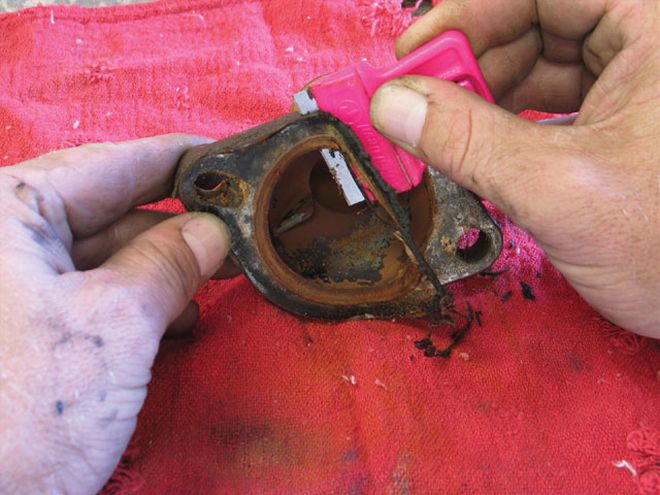
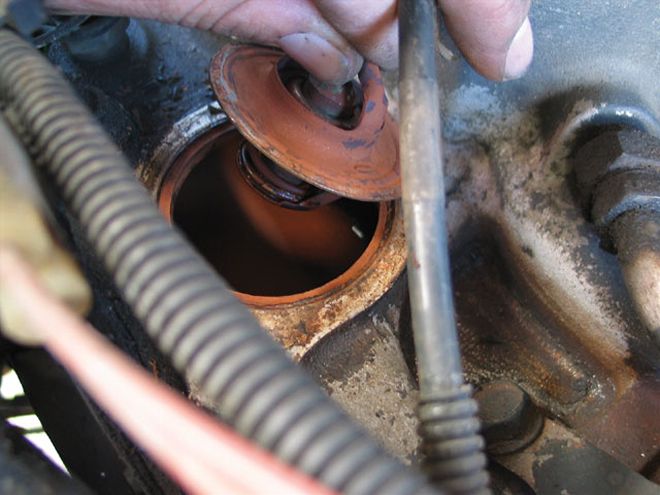
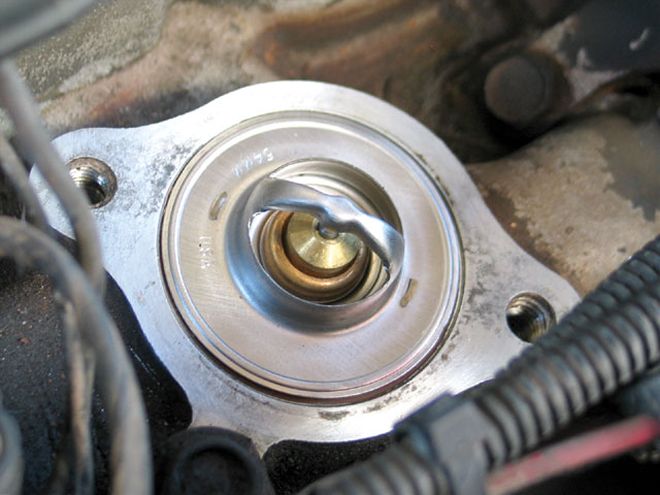
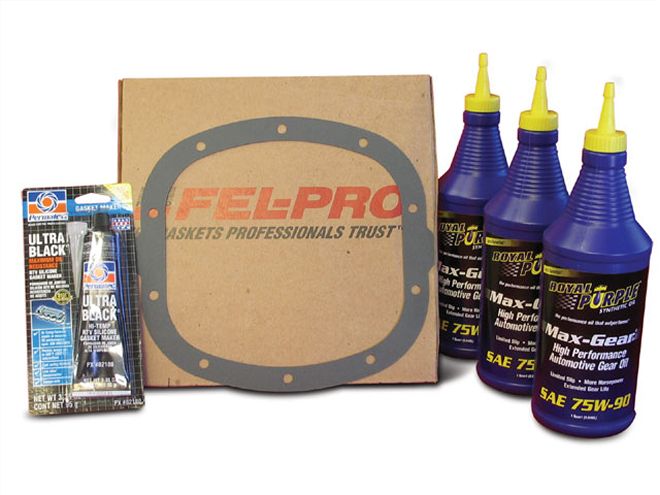
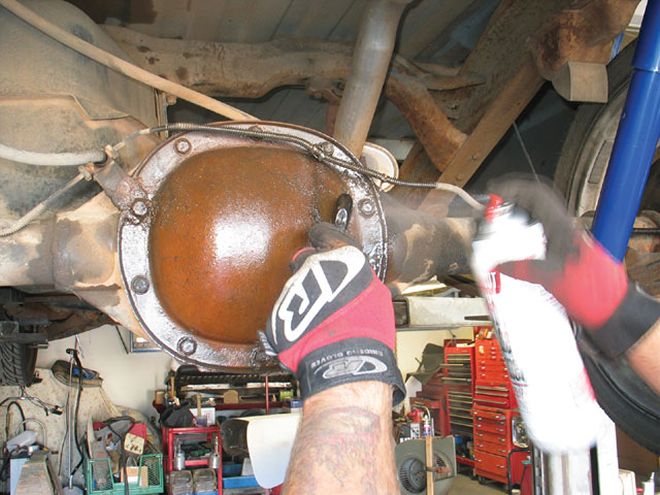
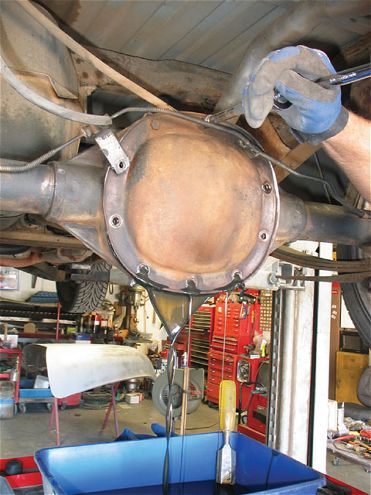
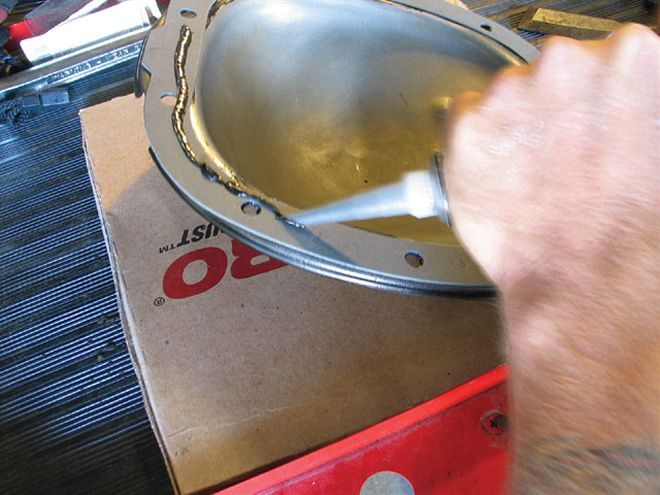
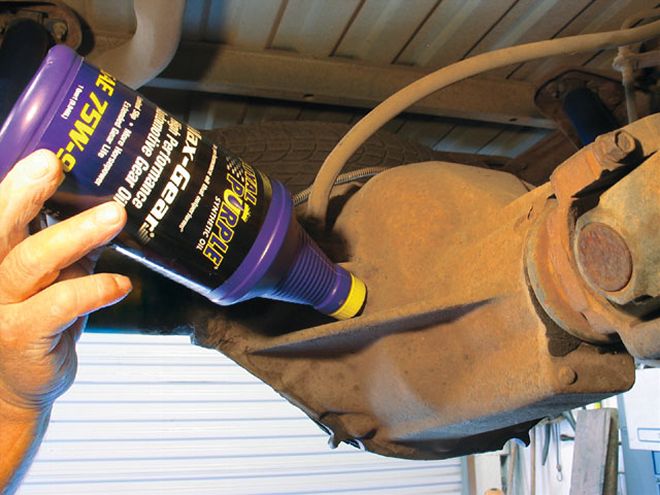
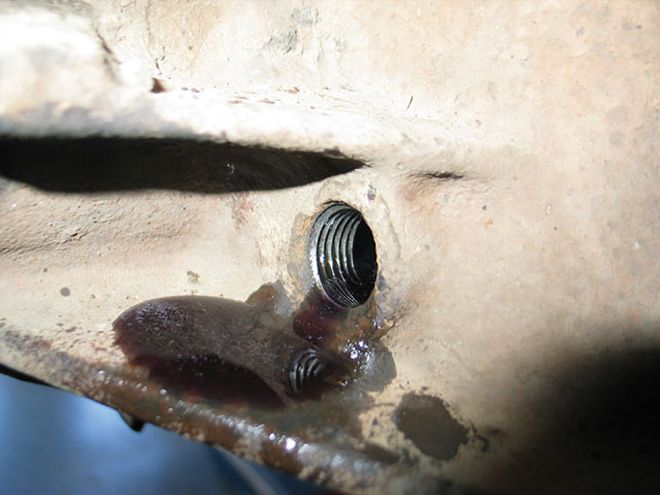
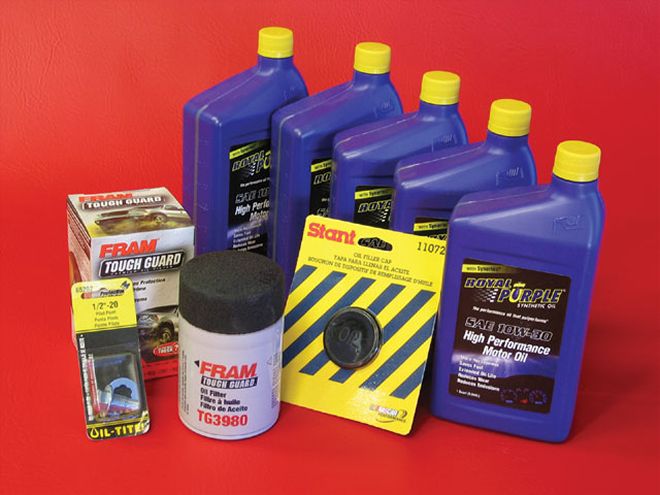
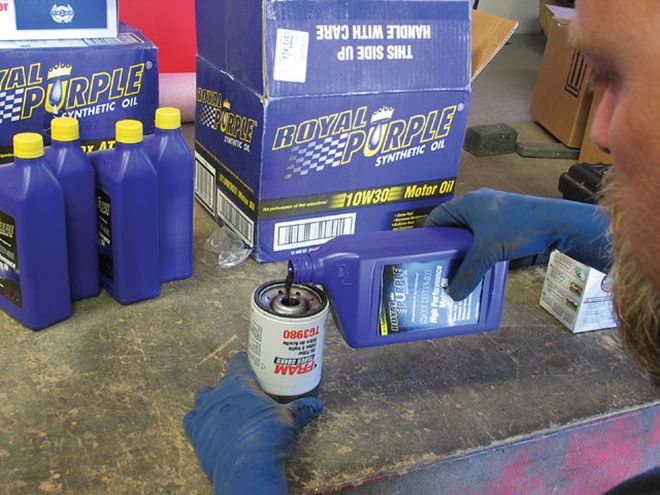
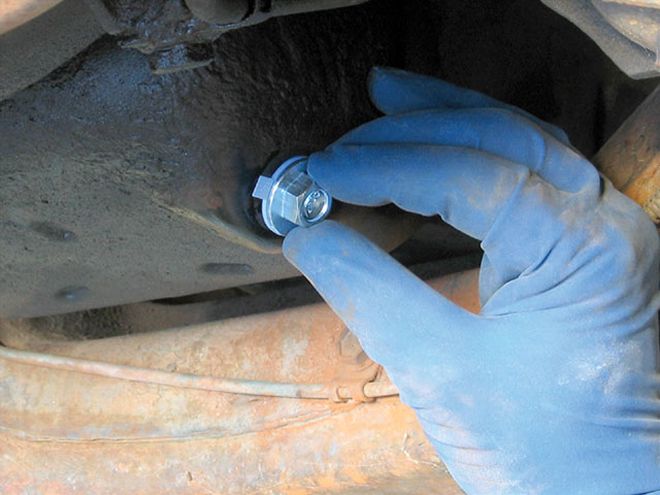
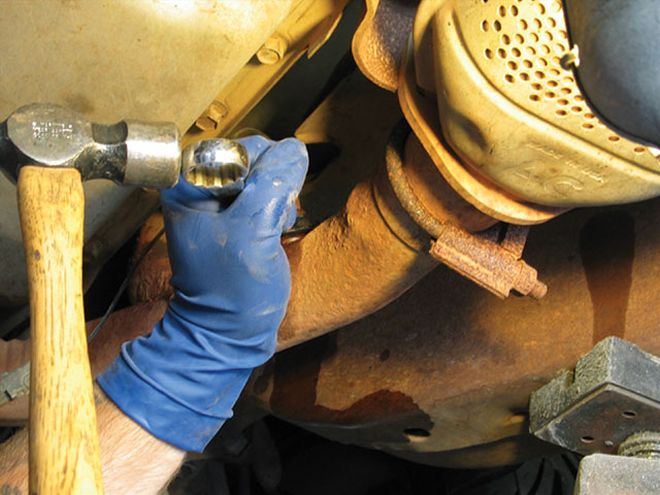 | After spraying some penetrating oil on the threads, I used a hammer to shock the O2 sensor and break it free. Before threading it all the way out, I unplugged the single wire lead exiting the sensor.
Sport Truck Tech Tip
| After spraying some penetrating oil on the threads, I used a hammer to shock the O2 sensor and break it free. Before threading it all the way out, I unplugged the single wire lead exiting the sensor.
Sport Truck Tech Tip